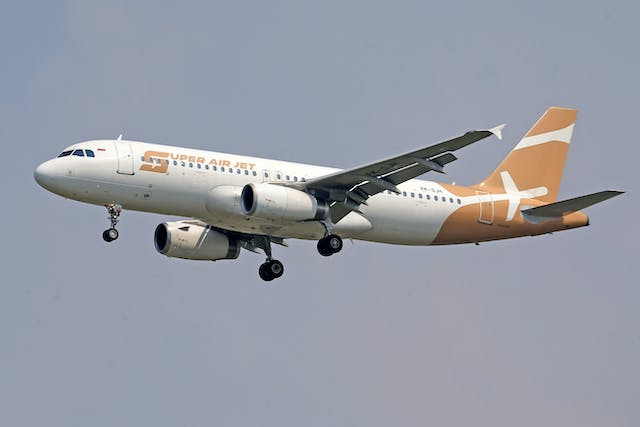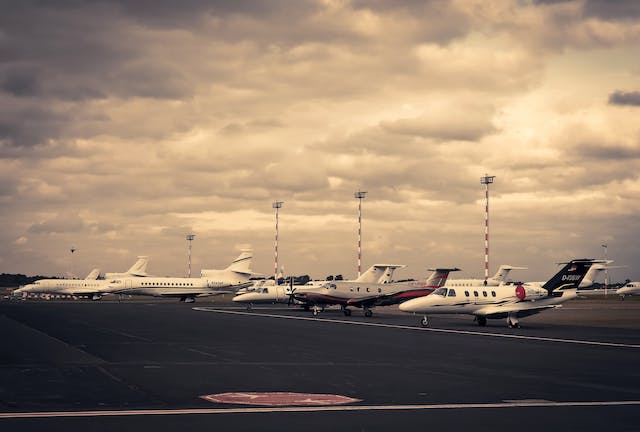Aircraft, whether they’re small private planes or massive commercial airliners, represent significant investments and assets. Just as you would insure your car or home, insuring your aircraft is equally crucial. Aircraft insurance, a specialized form of coverage, safeguards both your aviation investments and your financial well-being. In this article, we’ll delve into the world of aircraft insurance, exploring its importance, types, and key considerations for aircraft owners.
Aircraft, being complex and expensive machines, are significant investments. Aircraft insurance serves as a safety net, providing financial protection in the event of accidents, damage, or theft. This coverage ensures that you don’t bear the full financial burden of replacing or repairing your aircraft should the unexpected occur. In many countries, aircraft insurance is a legal requirement. Compliance with these regulations is essential for both commercial and private aircraft owners. Failing to maintain the necessary coverage can lead to legal consequences, including fines and grounded aircraft.

Hull insurance, also known as aircraft physical damage insurance, covers damage to the aircraft itself. This type of coverage is crucial for aircraft owners, as it includes protection against accidents, theft, and vandalism. It can also cover the aircraft’s engines, avionics, and other installed equipment. Liability insurance is a critical component of aircraft coverage. It protects against bodily injury and property damage claims that may arise from accidents involving your aircraft. Whether you’re a private pilot or operate a commercial airline, liability insurance safeguards your financial interests in the face of lawsuits.
CSL insurance combines both hull and liability coverage into a single policy, offering convenience and comprehensive protection. With a CSL policy, aircraft owners have the benefit of streamlined insurance management and the peace of mind that both their aircraft and liability concerns are addressed. For those operating aircraft that carry passengers, passenger liability insurance is essential. This coverage protects against claims resulting from injuries or harm to passengers on board. Whether you run a charter service or own a small aircraft for personal use, this policy ensures that passengers are covered in case of an unfortunate event.

Determining the value of your aircraft is a fundamental step in securing the right insurance coverage. Aircraft values can fluctuate due to factors such as age, modifications, and market conditions. A proper valuation is crucial to ensure your insurance covers the aircraft’s true worth. When choosing an insurance policy, it’s vital to consider your coverage limits carefully. The coverage limit represents the maximum amount your policy will pay in the event of a claim. Make sure your limits are adequate to cover potential losses without exposing you to significant out-of-pocket expenses. Deductibles are the portion of the claim that you are responsible for covering before your insurance policy kicks in. Higher deductibles typically result in lower premiums but may increase your financial responsibility in the event of a claim. Aircraft owners should weigh the cost savings against their ability to cover higher deductibles if needed.
The type and frequency of aircraft use can impact insurance costs and coverage. Commercial aviation, such as cargo transport or passenger services, may require different coverage compared to private, recreational flying. Be sure to accurately describe your aircraft’s intended use when obtaining insurance.